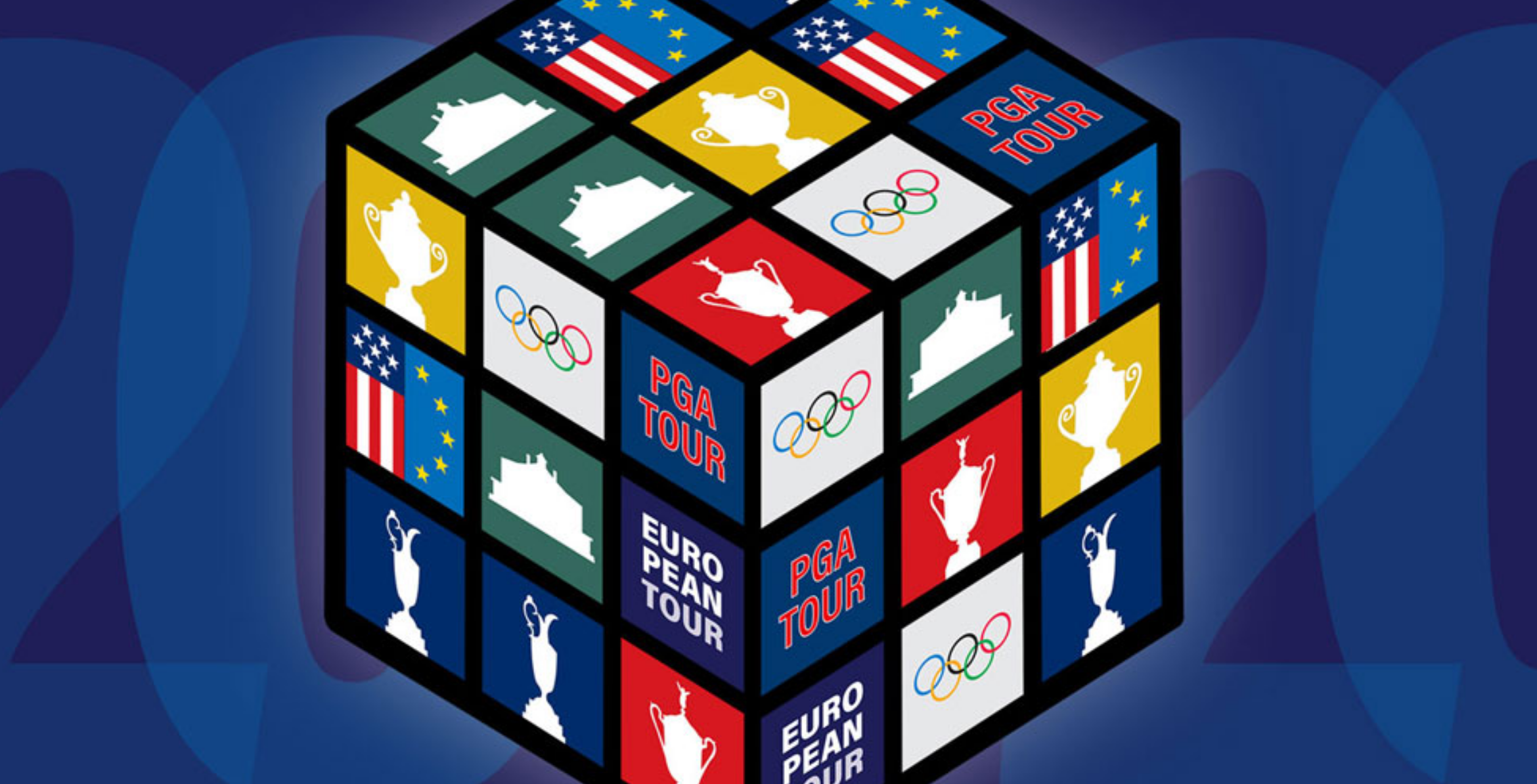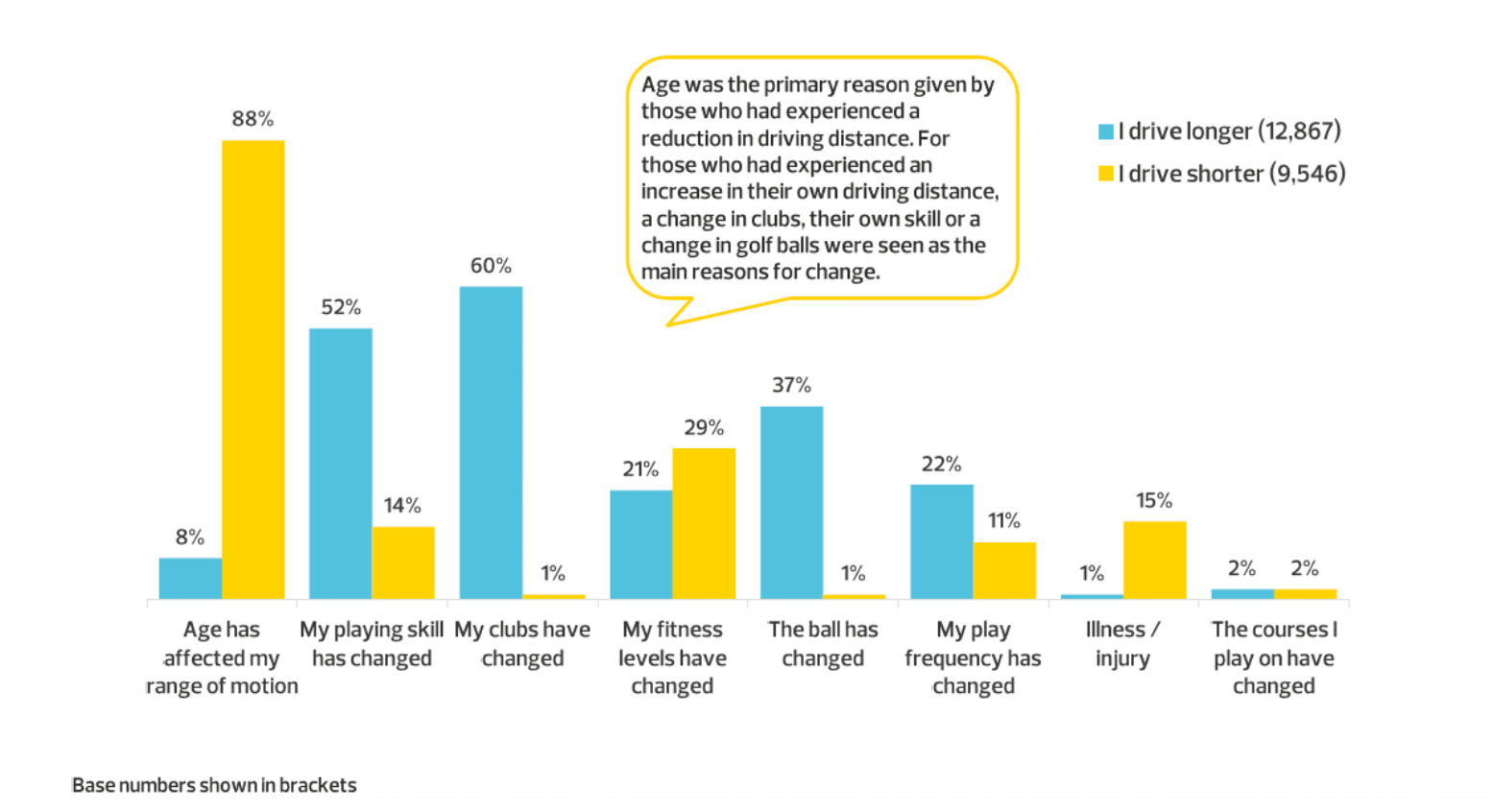In Week Predicted To Rival Pearl Harbor And 9/11, Golf's Leading Organizations Roll Out 2020 "Revised Calendar Of Events"
/We are all clamoring for things to look forward to. It’s already been too long without sports and the dearth of competition stings a bit more as Masters week arrives with no Masters. That the planning has gone on behind the scenes is perfectly understandable. There is no playbook for dealing with a situation like this and golf will undoubtedly be the first major sport back.
However, the Surgeon General of the United States warned just yesterday that this week would be “the hardest and the saddest" for Americans.
"This is going to be our Pearl Harbor moment, our 9/11 moment, only it's not going to be localized, it's going to be happening all over the country and I want America to understand that," Vice Admiral Jerome Adams said on "Fox News Sunday."
There was this from the President of the United States on Sunday, too:
"This will be probably the toughest week between this week and next week, and there will be a lot of death, unfortunately, but a lot less death than if this wasn't done but there will be death," Trump said.
Worldwide, 70,000 people have died and as of this post, at least 9,600 in the United States where there are 337,000 confirmed infections. More than 3000 may die in a single day this week. Hospital bed shortages are prompting makeshift hospitals in multiple American cities. Another 600 lost their lives to the COVID-19 coronavirus in Britain yesterday, surpassing Italy’s death toll for the second day in a row. The Prime Minister, Boris Johnson, is in intensive care.
Yet, the leading organizations of golf—typically associated with charitable efforts more than all sports combined—have been working hard behind the scenes to help stop the spread by wheeling out a new fall schedule. Even as nearly all experts suggest large gatherings to not be on the table any time soon and doing so on a day when thousands more will succumb.
Feeling the need to share this information publicly, for no rational reason as every other sport quietly waits out this terrible time and with only faint regard for the threats posed by not taking every protective measure possible, diminishes the efforts of those attempting to stop this pandemic.
For Way Too Immediate Release:
Golf World Presents Revised Calendar of Events for 2020
Safety, Health and Well-Being of All Imperative to Moving Forward
April 6, 2020 – United by what may still be possible this year for the world of professional golf, and with a goal to serve all who love and play the game, Augusta National Golf Club, European Tour, LPGA, PGA of America, PGA TOUR, The R&A and USGA have issued the following joint statement:
“This is a difficult and challenging time for everyone coping with the effects of this pandemic. We remain very mindful of the obstacles ahead, and each organization will continue to follow the guidance of the leading public health authorities, conducting competitions only if it is safe and responsible to do so.
“In recent weeks, the global golf community has come together to collectively put forward a calendar of events that will, we hope, serve to entertain and inspire golf fans around the world. We are grateful to our respective partners, sponsors and players, who have allowed us to make decisions – some of them, very tough decisions – in order to move the game and the industry forward.
“We want to reiterate that Augusta National Golf Club, European Tour, LPGA, PGA of America, PGA TOUR, The R&A and USGA collectively value the health and well-being of everyone, within the game of golf and beyond, above all else. We encourage everyone to follow all responsible precautions and make effort to remain healthy and safe.”
Updates from each organization follow, and more information can be found by clicking on the links included:
USGA: The U.S. Open, previously scheduled for June 15-21 at Winged Foot Golf Club in Mamaroneck, New York, has been officially rescheduled for September 14-20 and is confirmed to remain at Winged Foot. For more information and comments from USGA CEO Mike Davis, click here.
The R&A: The R&A has decided to cancel The Open in 2020 due to the current Covid-19 pandemic, and the Championship will next be played at Royal St. George’s in 2021. The Open was due to be played in Kent, England, from July 12-19, but it has been necessary to cancel the Championship based on guidance from the UK Government, the health authorities, public services and The R&A’s advisers. For more information and comments from The R&A Chief Executive Martin Slumbers, click here.
PGA of America: The PGA of America is announcing today that the PGA Championship is now scheduled to take place August 3-9 and will remain at TPC Harding Park in San Francisco, California. The PGA Championship was originally slated for May 11-17 but was postponed on March 17.
Furthermore, the PGA reconfirmed the Ryder Cup remains as originally scheduled, September 22-27, at Whistling Straits in Kohler, Wisconsin. For more information and comments from PGA of America CEO Seth Waugh, click here.
Augusta National Golf Club: Augusta National has identified November 9-15 as the intended dates to host the 2020 Masters Tournament, which was previously scheduled for April 6-12 and postponed on March 13. For more information, and comments from Chairman Fred Ridley, click here.
PGA TOUR: While collaborating with the PGA of America to find a viable date for the PGA Championship in August, the PGA TOUR worked with its host organizations and title sponsors to move the Regular Season finale – the Wyndham Championship – and all three FedExCup Playoffs events one week later, starting the week of August 10 and concluding with a Monday, September 7, Labor Day finish for the TOUR Championship.
The TOUR will seek to reschedule tournaments into the weeks formerly occupied by the U.S. Open, The Open Championship and the Men’s Olympic golf competition in June and July. The TOUR will make further announcements about this potential, as well as its fall schedule, in the coming weeks. For more information and comments from PGA TOUR Commissioner Jay Monahan, click here.
European Tour: Due to the many complexities involved, the European Tour is currently working through various scenarios in relation to the rescheduling of our tournaments for the 2020 season. The European Tour will make further announcements on these in due course.
LPGA: On April 3, the LPGA released a revised look at the LPGA Tour’s 2020 summer schedule, beginning on the week of June 15 with the Walmart NW Arkansas Championship presented by P&G. In addition, the LPGA Tour announced that they have successfully rescheduled their first two majors of the year (the ANA Inspiration moves to the week of September 7 at Mission Hills Country Club in Rancho Mirage, California; and the U.S. Women’s Open conducted by the USGA moves to the week of December 7 at Champions Golf Club in Houston, Texas). For more information, click here.
Summary:
A listing of the revised schedule of events announced today follows:
TO BE CONFIRMED: June 15-21 (formerly U.S. Open week) – potential PGA TOUR event
CANCELED: July 13-19, The Open Championship, Royal St. George’s GC, Sandwich, Kent, England
TO BE CONFIRMED: July 13-19 (formerly The Open Championship week) – potential PGA TOUR event
TO BE CONFIRMED: July 27-August 2 (formerly Men’s Olympic Competition week) – potential PGA TOUR event
CONFIRMED: August 3-9 – PGA Championship, TPC Harding Park, San Francisco, California
CONFIRMED: PGA TOUR’s season-ending event/FedExCup Playoffs
August 10-16 – Wyndham Championship, Sedgefield Country Club, Greensboro, North Carolina
August 17-23 – THE NORTHERN TRUST, TPC Boston, Norton, Massachusetts
August 24-30 – BMW Championship, Olympia Fields CC, Olympia Fields, Illinois
August 31-September 7 (Labor Day) – TOUR Championship, East Lake Golf Club, Atlanta, Georgia
CONFIRMED: September 14-20 – U.S. Open, Winged Foot Golf Club, Mamaroneck, New York
RECONFIRMED: September 22-27: Ryder Cup, Whistling Straits, Kohler, Wisconsin
CONFIRMED: November 9-15: the Masters Tournament, Augusta National Golf Club, Augusta, Georgia




























